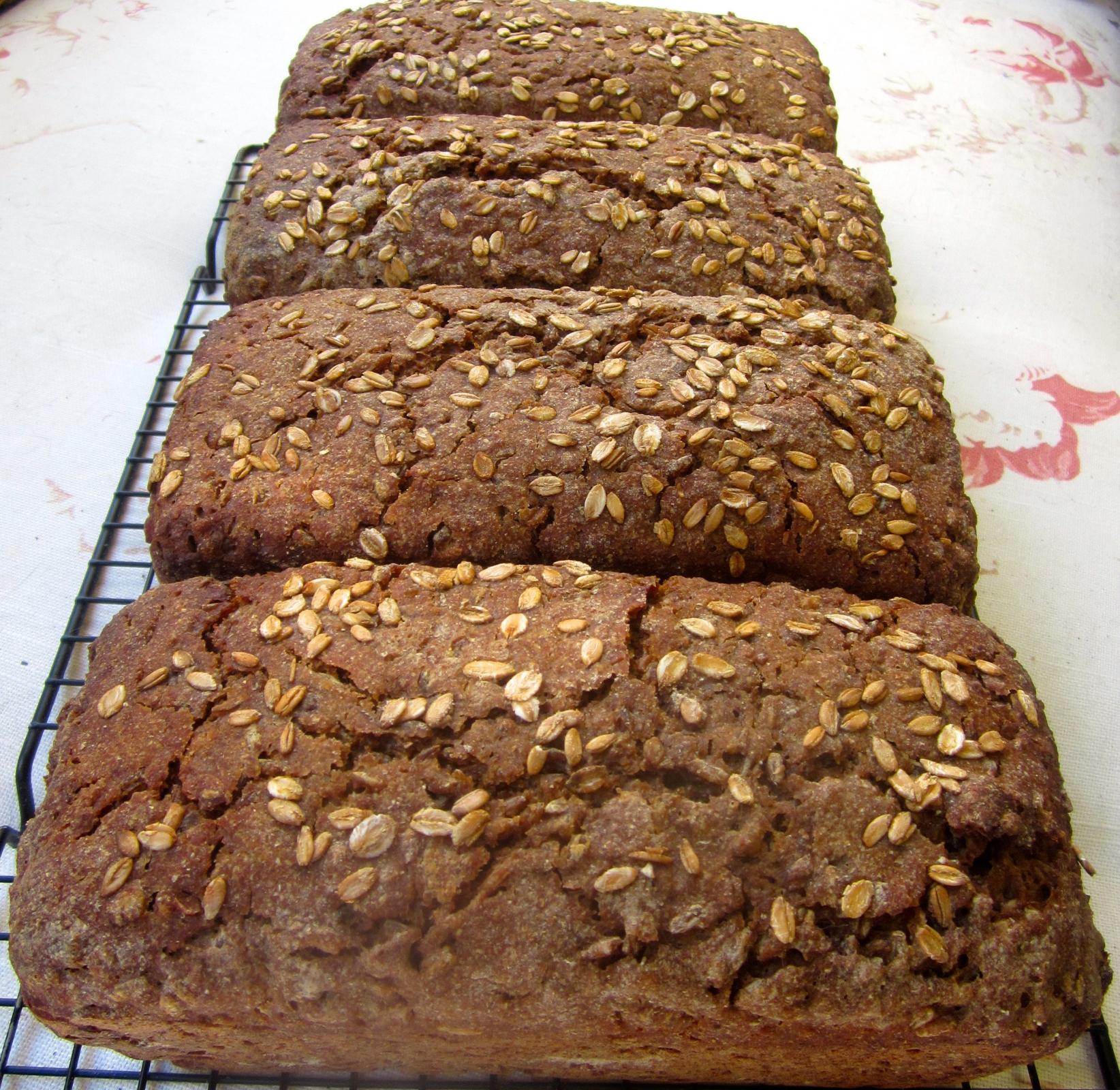
honouring my mother(s) update! here are the pics and the recipe :-)
(scroll down for update and pictures!!!)
My mother passed away long before her time, now almost 15 years ago.
She left behind a bread recipe that still goes around by her name; "Renny-bread" Even distant cousins seem to know the recipe; last summer I visited one of them here in Amsterdam, after she had been really helping me out for my wedding (she has THE most wonderful flowershop here in Amsterdam). To thank her I brought her a "Renny-bread", thinking she would see and eat it for the first time in her life...
When I showed her what I had made, she shouted out: "Ohh wonderful, a Renny-bread!"
That, of course, brought a big smile to my face; she remembered eating the bread when she was a kid, and loved it very much!
At the wedding a good friend of mine pointed out that my mother in law shares her name with my mother. She is Venezuelan and her name is Reina. Both names mean "queen", which I think is a wonderful name for a mother, OR a mother in law for that matter :-)
After all this (coincedence or fate, we will never know I guess) I played around with the idea to invent a bread in honour of these two wonderful women in my life; a bread fit for a queen!
There is one small problem with this bread though.... It's not really bread, it's more like a cake. It's a real simple recipe involving self raising flour, basterd sugar, a mixture of milk and water and some all-spice that makes it taste very X-massy.
I have decided that it should be a braided bread, even though the original "renny-bread" always came out of the oven in a shape, that, once cut into slices, resembled the outline of the province that we were all born in, here in the Netherlands. That was completely coincedental, but it always made us laugh.
My mother was good at making braided breads; she never ceased to amaze me with them, so I guess it would be the appropriate shape, all the more because I wouldn't have a clue how to bake the outline of a province into a bread...
I'm looking around for a nice sumptuous sweet bread recipe that I can use as a base, and tweak into a loaf that will, most of all, taste like the original. But it has to be special (fit for a queen!)
That's why I would like to ask my fellow members here at TFL to help me out. Is there any one out there who can point me in the right direction, or maybe has a better idea that I haven't thought of yet? I would love to hear from you!!!!
to be continued!
warm greetings from Amsterdam
Freerk
01-01-11
Happy New Year every one!
I think the Gods were with me on my second attempt to make a bread in honour of my mother and my mother-in-law:

The crownshape is definitely there :-)

It is very close to what I had in mind, both visually and tastewise. Here is what I did:
PAN DE REINA
2 eggs
4 cups of bread flour
1 cup of milk
1/4 cup of unsalted butter
7 grams instant yeast
1/4 cup + 2 tbs of white caster sugar
cracked seeds from 9 cardemom pods
1 heaped tbs of coriander seeds
2 tsp cinnamon
pinch of salt
pinch of white pepper
Beat the eggs and put aside.
Heat the milk over low heat until bubbles form on the edge of the pan and the milk smells cooked.
Stir in the crushed cardemom seeds and melt the butter into the milk. Let it cool to about 40°C (104°F)
Add the milk mixture to the eggs little by little, constantly stirring. Make sure the milk has cooled enough!
Stir in the yeast into the mixture and let it rest for a few minutes.
Combine 2 1/2 cups of the bread flour, the cinnamon, the coriander seeds, the sugar, salt and white pepper in a coleander.
Pour half of the milk-egg mixture into the dry ingredients to make the dough come together. Add the other half of the mixture and mix for about 5 minutes on low speed. The dough will not "clear the bowl", it is too moist for that.
Flour your work surface with some of the remaining flour. Turn out the dough and work in as much flour to make it kneadable by hand. Don't "overflour" or overwork the dough at this point.
When the dough is smooth, put it in an oiled container, cover it well and let it rise until doubled in size (about one hour).
When the dough has doubled in size divide it in half. Divide one of the halves in two equal parts. Divide the other half in three equal parts.
Thoroughly grease a round pan with high sides. If you have a big baking ring to act as a support during proofing the dough, grease it as well, and place it in the middle of the round pan.
Take the two big pieces of dough, shape them into two strands and make a two-braid (twist) that will fit the inside of your round pan. Carefully place it in the pan, pinching the ends together. Cover to prevent crust forming.
Take the three smaller pieces of dough, three-braid it and put it on top of the two-braid.
Put the pan in a big plastic bag and let the dough proof until fully developed (about one hour). The upper braid will rise over the edge of the round pan, creating a crown effect.
45 minutes prior to baking preheat the oven to 175°C (350°F) and put a baking stone on the second highest shelf. Clear out any other baking sheets.
Give the dough a thorough egg wash and royally sprinkle with maple sugar.
Bake for about 35 minutes, turning it halfway through the bake to ensure even browning.
Let it cool on a rack before taking the bread out of the pan and remove the baking ring.
The taste and texture were perfect. What I suspected happened: the cinnamon gets a little lost in he battle of tastes, so next time I will put in a little extra, to come closer to the tate of the "original" recipe my mother used to make. The peppery crushed cardemom seeds give wonderful bursts of intense flavor, battling with the much sweeter coriander seeds. I left out the vanilla in the end because I thought there was more than enough going on, tastewise.
Thank you all so much for your wonderful and inspiring suggestions, ideas and contributions in completing this project. I can't think of a better way to start 2011 than with this wonderful tribute to the two most important women in my life. Couldn't have done it without you guys!!
Let me know what you think of the result (picture of the crumb will be added later!)
X Freerk























